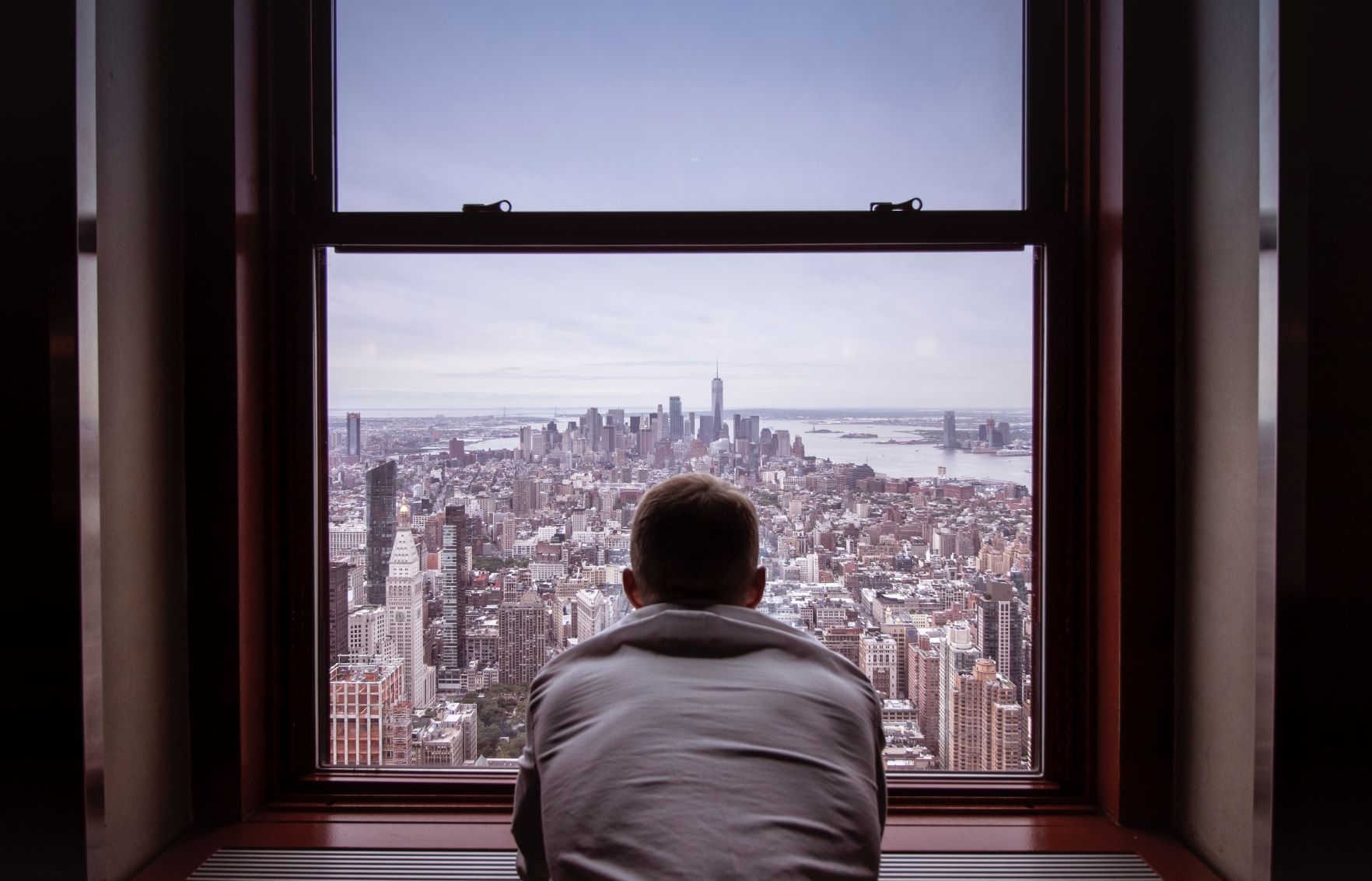Employee Experience, Employee Well-being, Psychological Safety, Remote & Hybrid Culture
It’s been over a year since COVID-19 forced companies to convert to remote work. And now, with greater access to vaccines and the CDC dropping the mask mandate for vaccinated people, the question remains as to when (and if) businesses should welcome employees back to the office.
But more importantly, do employees even want to go back? Are they eager to “get back to normal” or are they suffering from return-to-office dread?
The answer is: It’s complicated.
Return-to-the-office survey shows mixed feelings
We surveyed readers of the Great Place To Work® e-newsletter about their thoughts on returning to the office, with mixed results:
- Only 30% are eager to return to their office of pre-pandemic times
- 54% are not eager to return
- 16% are somewhat uneager to return.
In fact, the majority of employees say they have embraced remote work and would like it to continue:
- 91% strongly agreed they enjoyed some parts of working remotely
- 88% want to continue working remotely some of the time.
Other research has shown similar results. Forbes reports only 9% of employees wanting to return to full-time in-office work. And even at the executive level, a survey by PwC found that less than one in five executives want to return to the office as it was pre-pandemic.
In a separate survey – Great Place To Work Trust Index™ survey responses gathered over the past 6 months – when employees were asked what would make their workplace better, remote work was a common response:
- “I feel my work-life balance has been better during the COVID situation because I don’t have to commute and am able to take mental breaks throughout the day. I’d like to see the company encourage remote work when things return to normal.”
- “The ability to work a day or two remotely would be a welcome change and boost to morale.”
- “I'd be happy if we could rethink how our culture can be improved with remote options, as remote work has far and away been the best way to maintain a better work-life balance in my career.”
- “I’d keep remote work as an option – it’s been a total lifesaver, honestly. I feel so much happier and more productive!”
There has been significant debate as to whether working from home can yield the same productivity. Our research shows that for companies with strong leadership and culture, remote work has stable or even increased levels of productivity.
But there’s no denying the benefits that come from in-person work, such as increased camaraderie and collaboration, which is why employers may be eager to bring employees back to the office as soon as possible.
Returning to the office post-COVID brings challenges
Perhaps the most obvious hurdle right now for bringing employees back to the office is ensuring the workplace is protected from COVID-19 health risks. This requires more than just implementing health and safety protocols – employers also need to check in on whether employees actually feel safe under such measures.
In a return to office readiness survey we helped put together with one of our clients, employees expressed concerns of trust when it came to feeling safe about going back into the office.
“Being in the office for meetings once or twice a month would be useful, but I have been far more comfortable working from home than I was in the office. I have more ability to focus, and a far, far better work-life balance while working from home. I also do not trust the general population to receive vaccines, and/or wear a mask in public places prior to general herd immunity being achieved.”
Related content: 7 crucial steps for a successful return to the office after COVID
According to our reader survey, while 63% of employees said their company designs return-to-office policies with their safety in mind, only 35% reported actually feeling safe enough to return.
It’s clear that re-opening safely is about more than supplying masks and hand sanitizer. It is about showing empathy, collaborating to create safety measures that work for all, and personalizing the return-to-work experience.
Defining return-to-office dread
The problem with deciding whether to return to the workplace is that it’s not a one-size-fits-all solution.
While some employees – particularly those who thrive on social interaction – may be keen to get back to the office, others have embraced the perks that come when long commutes and office distractions are no longer part of their day. For these employees, the thought of returning to the office stirs up anxiety and even dread.
The reasons for return-to-office dread are deeply personal and vary with every employee. Some are worried about losing the free time they’ve gained without a commute, or by doing chores, like throwing in a load of laundry, during a work break. Others worry about the return of in-office politics or facing a soul-destroying commute.
Research worldwide has many psychologists convinced that the mental and physical stress part and parcel with a long commute is rarely worth it. If you have a long commute, it's taking the place of something in your life that's healthy and reducing time with your family or friends.
Avoiding a long commute and increased well-being was often cited by employees in one of our client’s return to the office readiness survey:
“I would prefer to work from home as a permanent arrangement. I like the flexibility to work during off hours, with no interruptions. Commute time is alleviated, I have more time to devote to wellness, e.g., walking, exercising and eating healthier, working from home gives me a safe, comfortable environment at all times and is considerably less expensive than commuting to an office every day.”
But no matter the reason, all who feel return-to-office dread agree on one thing: they don’t want their workplace to go back to the way it was pre-pandemic. And if employers aren’t ready to respond accordingly, they could risk losing their top talent altogether.
Hybrid workplaces: A solution for return-to-office dread?
Adobe is one company that’s trying to combat this dread by introducing a hybrid workplace that balances the benefits of flexible, virtual work arrangements with the need for teams to gather together.
Converting to a hybrid model requires considering not just where people work, but also when they work, in order to facilitate collaboration. A successful model will take into account job tasks and workflows, as well as employee preferences and fairness.
“Moving to an anywhere, anytime hybrid model will succeed only if it is designed with human concerns in mind, not just institutional ones.” – Harvard Business Review
Preparing for an office new normal hinges on far more than vaccinations and managers are facing a complicated road to a new normal. The only way to understand the myriad of employee experiences between the office and WFH is through careful and ongoing listening.
Thinking about reopening your offices?
You’ll want to do a pulse check by surveying your employees first. Reach out to us if you’d like support from Great Place To Work to design a return to office readiness survey.














